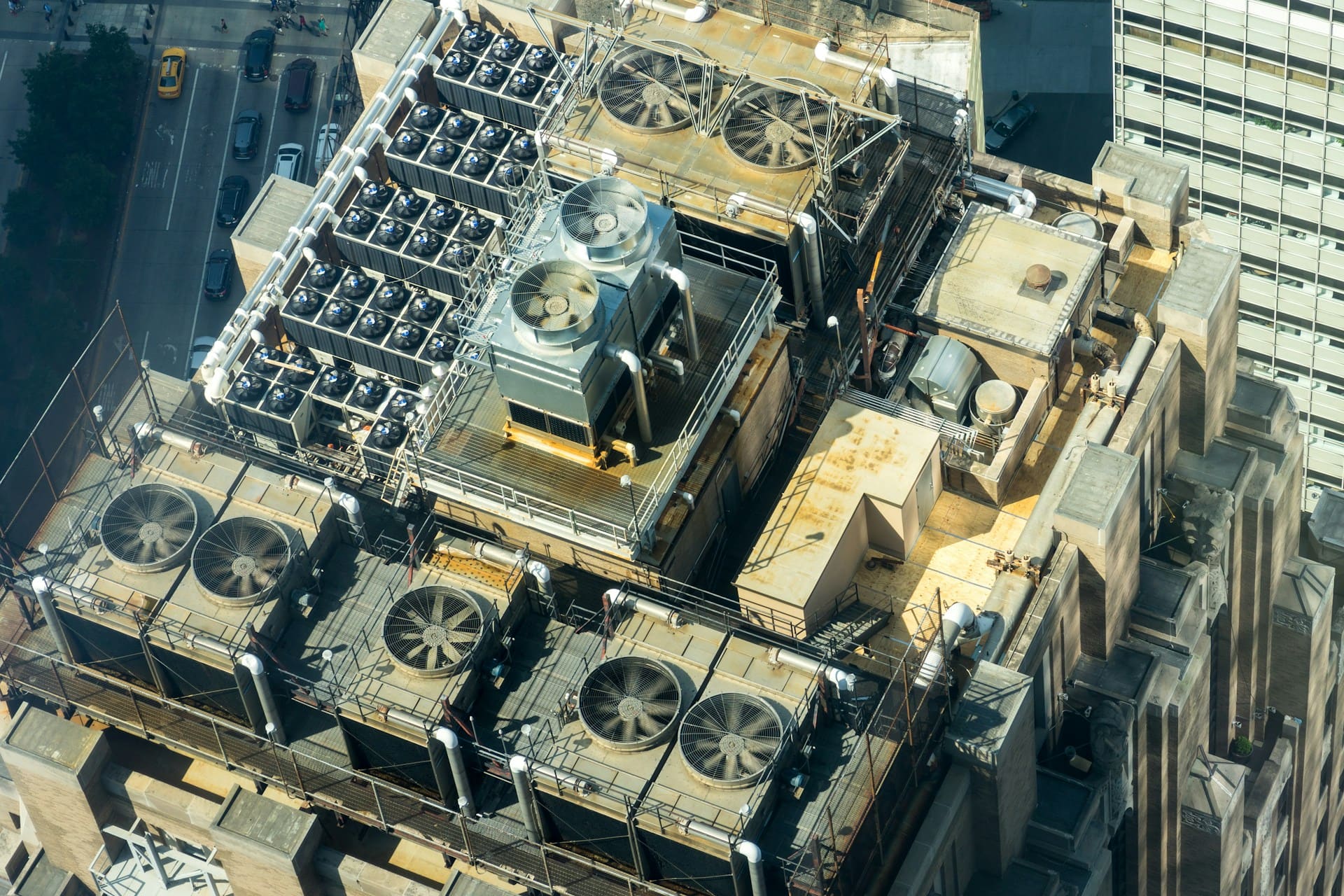Cooling in data centers has become one of the most relevant topics in today’s technology sector. With the rise of cloud services, artificial intelligence, edge computing, and the Internet of Things (IoT), energy consumption and operational efficiency are increasingly critical factors.
Data centers already account for between 1% and 1.5% of global electrical consumption, a figure that continues to rise as the needs for computing and storage grow. While technological improvements have increased efficiency, the demand for power and rack density also rises year after year. Currently, the average density per rack is around 7 kW, but it’s common to find setups exceeding 15 or even 100 kW per rack in high-performance computing (HPC) environments.
The Importance of Cooling in Data Centers
Poor cooling can lead to overheating of servers and network components, resulting in service outages, hardware damage, and reduced equipment lifespan, which incurs additional costs for businesses. Additionally, inefficient cooling systems can skyrocket energy and operational costs, directly impacting the OPEX of the data center.
For this reason, many companies have chosen to move away from inefficient owned data centers and migrate to colocation services, where energy consumption optimization and advanced cooling are key. Continuous monitoring in these environments allows for precise adjustments that are not feasible in traditional setups.
Current Cooling Systems and Methods
Calibrated Vectored Cooling (CVC):
Technology designed for high-density servers, optimizing airflow to maximize heat dissipation.
Chilled Water Systems:
Common in medium and large data centers, utilizing cold water generated by a cooling plant to condition the air introduced by air handlers (CRAH).
Cold and Hot Aisle Containment:
Alternating cold and hot air aisles between racks, separating input and output airflow to avoid recirculation and improve efficiency.
CRAC (Computer Room Air Conditioner):
Equipment similar to conventional air conditioners, using compressors and refrigerant. They are cost-effective but less energy-efficient.
CRAH (Computer Room Air Handler):
Operates with cold water and modulating fans, allowing for greater efficiency, especially in cooler climates.
Evaporative Cooling:
Cools through the evaporation of water, ideal in regions where water is plentiful, though it requires high water consumption.
Free Cooling:
Takes advantage of cold outside air to reduce the use of mechanical cooling systems, making it very efficient in favorable climates.
Raised Technical Floors:
Allow for the channeling of cold air or piping to improve airflow and thermal management.
Emerging Technologies and the Future of Cooling
Traditional air conditioning solutions are reaching their limits amidst increasing density and advanced hardware needs, such as GPUs for AI and machine learning. As a result, the industry is exploring new solutions, particularly liquid cooling:
Liquid Cooling:
Current systems have evolved, becoming cleaner, more efficient, and scalable. Two main approaches stand out:
- Immersion Cooling:
Hardware is submerged in non-conductive, non-flammable dielectric fluids, allowing for much greater thermal absorption than air. - Direct-to-Chip Cooling:
Pipes carry the coolant directly to cold plates located over the chips, extracting heat and expelling it externally through a cold water circuit.
Both solutions are emerging as key alternatives for high-performance data centers with maximum energy efficiency.
Future Challenges and New Demands
The arrival of new generations of processors, the rise of AI, and the explosion of advanced analytics will continue to drive up energy and cooling requirements. Operators are also seeking more sustainable systems that comply with environmental regulations.
The trend points toward self-contained racks and aisles, closed ecosystems on concrete floors, and hybrid systems that combine efficiency, sustainability, and a smaller carbon footprint. In this context, innovation in liquid cooling and total immersion will be crucial, both at the hardware manufacturer level and within data center infrastructures.
Conclusion
Cooling is one of the strategic challenges facing the data center industry in the coming decade. Only through constant innovation, adoption of new technologies, and a commitment to sustainability will it be possible to address the exponential growth in global digital demand.
The transition from traditional methods to liquid and intelligent systems will not only increase efficiency but will also help meet the sustainability goals and cost reductions that the sector demands.

